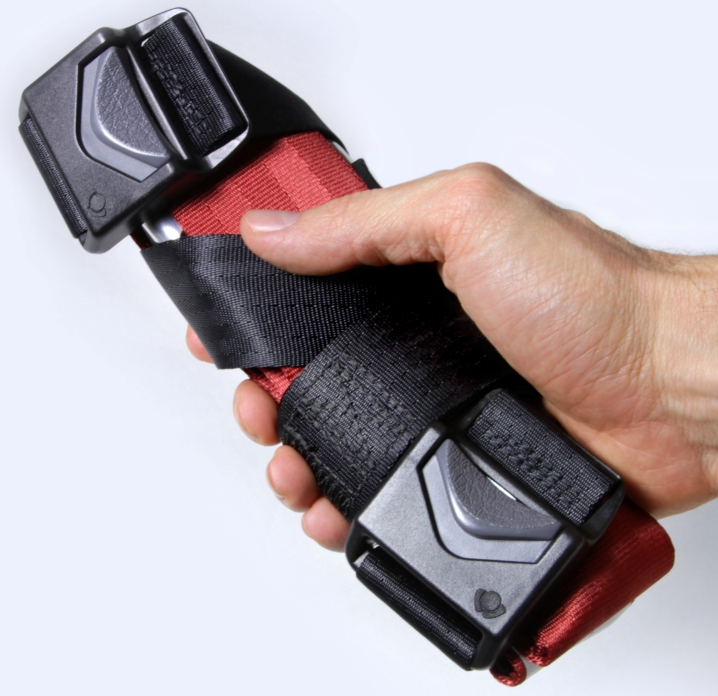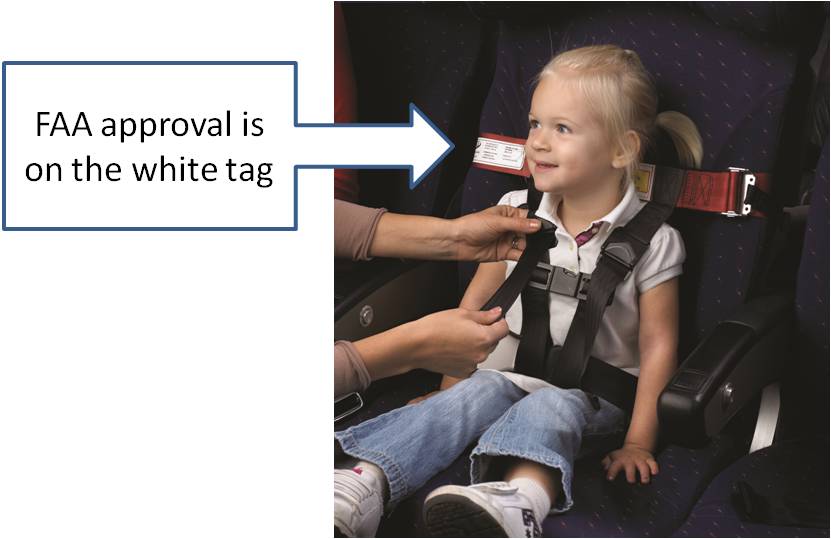The Standard CARES is pre-approved by most local airlines for children weighing 10-20kgs and up to 102cm tall and who are capable of sitting upright alone in a forward facing position. It can be used in most seats except Exit rows and where seats have airbags installed.
The Special CARES requires individual approval for use by each airline prior to flights and was designed for larger special needs flyers above 147cm tall.
When looking to use either CARES harness for a flyer above the 10-20kg/102cm range you are effectively requesting an exemption from an Airline’s standard Restraint Devices policy.
This normally starts with talking to the Airline customer service teams and explaining your particular needs and why you’d like to use the CARES harness. Seek to have the CARES harness usage noted on your booking details.
Users seeking these exemptions should then be seated in the rows immediately in front of a plane bulkhead where no passengers are situated behind them. This allows the CARES to be set up at a taller height without impacting passengers behind.
Key Points:
- The standard CARES child aviation restraint is FAA approved for children up to 20kgs and approx 102cm tall.
- The standard CARES has been accepted for use by CASA (Australian aviation authority) and the majority of Australian based airlines. The Airlines reference CARES directly or indirectly on their websites in the Child Restraint Device policies. See our listings here at Little Gulliver Airline Child Travel Policies page
- The US inventor of CARES has advised us that the standard CARES harness can actually fit a flyer up to 4 foot, 10 inches tall (147cm) and 80lbs (36kgs).
- For flyers outside these parameters, a Special CARES is also available (on request to Little Gulliver) that has longer shoulder straps to fit adult size flyers taller than 147cm.
- When using either the standard or special CARES and being above the standard 20kg/102cm parameters, the traveller needs to be seated in the row directly in front of a bulkhead to ensure there is no seat behind theirs. This then allows the CARES main red anchor strap to be set up at the appropriate level for their height and not impact any traveller behind.
- The main challenge in using either the standard or Special CARES for flyers above 20kgs/102cm will be asking the airline for approval, having this noted on the booking and ensuring an ‘in front of bulkhead’ seat is allocated.
There should be no need for the airline to assist in the setting up of the unit when onboard.
We’ve been told that the CARES harness is a better fitting and less bulky unit than the traditional special needs harness the airlines allocate. The airline units tend to be aimed at adult size flyers.
The customer service team may need to be pointed to their own web policies on the use of certain Child Restraint Devices and this can prove to be frustrating at times. CARES is a unique device, the only harness of its type fully tested and approved for use on aircraft and so they may be unfamiliar with it.
The US CARES manufacturer also states the following on their FAQ page. It is based on US regulations, but may help explain to staff how CARES is being used globally.
Can CARES be used for children with special needs?
CARES has been used successfully by many children with special needs. Parents should check with their physician or physical therapist to determine whether CARES provides sufficient upper body support for their child. If it does, parents need make no special or advance arrangements with the airline– just carry the CARES on board and install it as directed. Abilitations, a comprehensive catalog for equipment for children with special needs now carries CARES in their catalog, see www.abilitations.com.
Can CARES be used for special needs children who are over the 44 lb weight and 40 inch height limitations?
If your special needs child is over the weight/height limitation for which CARES is currently certified, and your child’s medical advisor thinks CARES is an appropriate restraint, you can request an “Exemption” (from current regulations) from the FAA so you can use it. Larger special needs youngsters who are granted this exemption will be seated in the last row of a section of the plane, so no one sits behind the child who might brace against that seat. The FAA exemption will be valid on all US airlines.
Over the years we’ve had a number of Australian customers query the use of CARES for a special needs flyers and reach agreement with their airline that they will use the CARES.
Success appears to come down to how helpful the airline wishes to be and speaking to the right airline staff.
To purchase a Standard CARES please see the Little Gulliver CARES harness listing here
Please note the Special CARES is not available for general purchase. It’s important to discuss an individual’s needs and ensure the right CARES is matched to your requirements.
Please contact Little Gulliver on 03 9824 6770 or email to discuss further.











 with younger children. It is a great concept that keeps kids safer than just using a lap belt. We chose not to bring our car seat with us on the vacation and this product allowed us to keep our son safe without the hassle of lugging onboard a car seat. We saw one family with twins carrying their car seats onto the plane, installing them, and then having to carry them out of the plane with them. It looked like way too much for anyone to handle at the airport.
with younger children. It is a great concept that keeps kids safer than just using a lap belt. We chose not to bring our car seat with us on the vacation and this product allowed us to keep our son safe without the hassle of lugging onboard a car seat. We saw one family with twins carrying their car seats onto the plane, installing them, and then having to carry them out of the plane with them. It looked like way too much for anyone to handle at the airport.